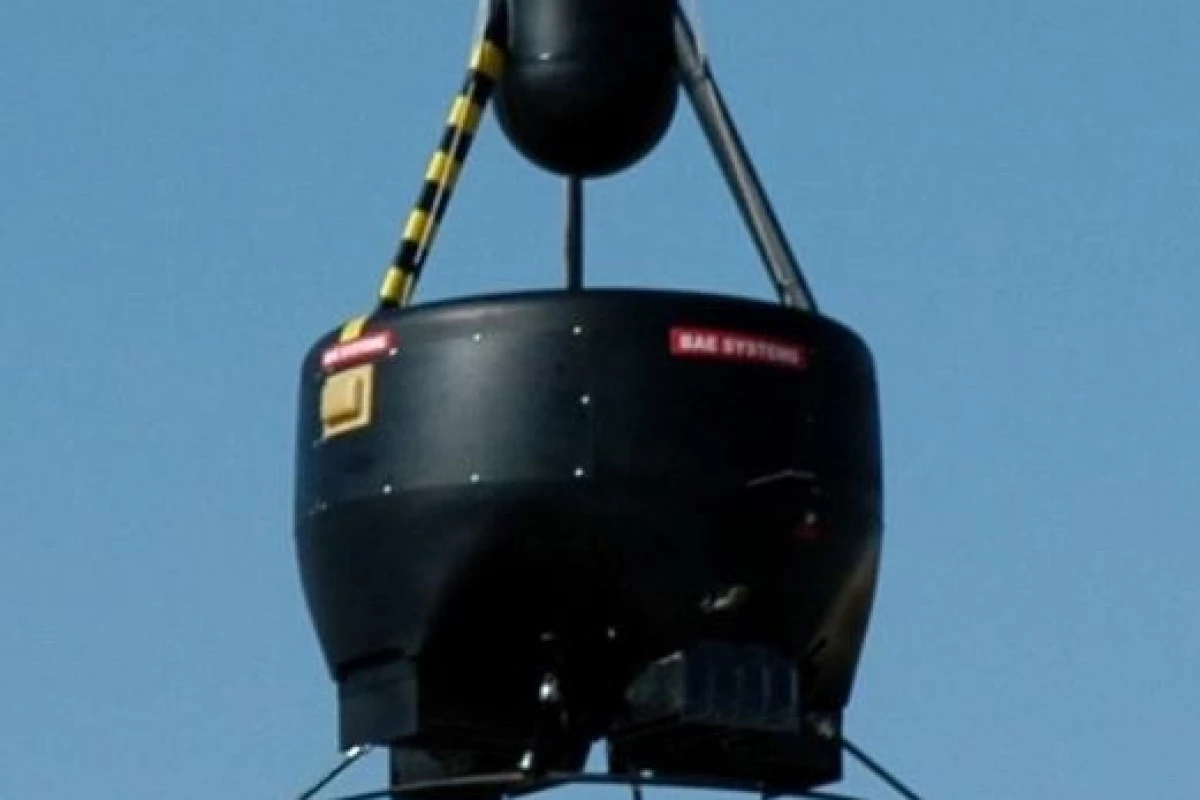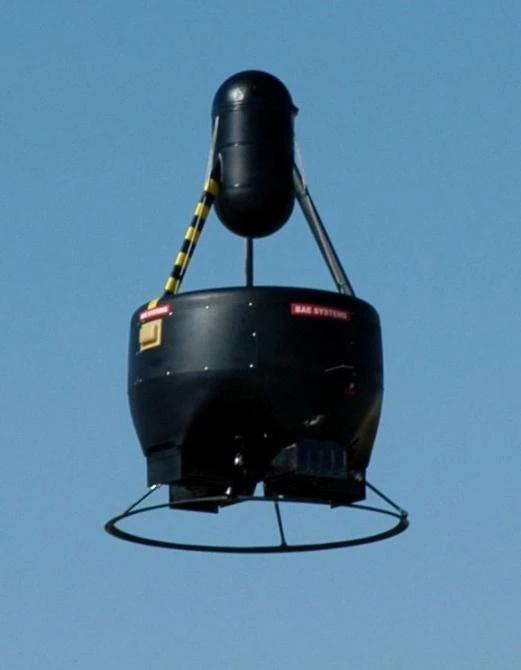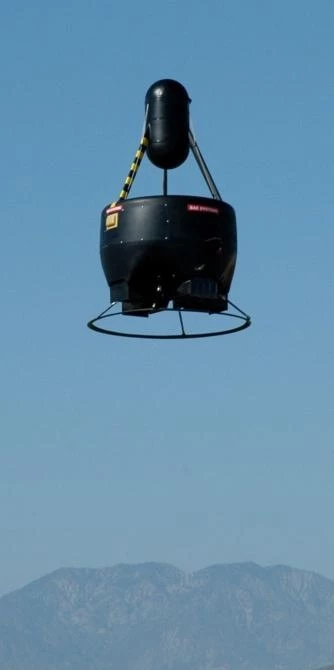September 7, 2005 BAE Systems has achieved its first autonomous, untethered flight of its third-generation ducted-fan unmanned aerial vehicle. The company's vertical takeoff and landing (VTOL) air vehicle completed a course of 10 waypoints at BAE Systems' Southern California flight test facility. The seven-minute flight of the IAV2 ducted-fan air vehicle demonstrated a pre-programmed flight plan that included automatic takeoff, waypoint navigation with multiple groundspeeds and altitudes, and loitering and automatic landing. The demonstration flight was achieved just 10 days after the air vehicle's first flight and was the 14th flight of the IAV2. Flights were conducted at temperatures of up to 109 degrees, equating to density altitudes approaching 7,000 feet, in winds of nearly 15 knots.
Using a 22-inch-diameter fan with a nominal outside diameter of 37 inches, the Unmanned Vehicle (UAV) is about 5 feet tall and has flown with simulated payloads of up to 25 pounds.
"The IAV2 air vehicle is more capable than its IAV1 predecessor, allowing for longer endurance, increased range, higher service ceiling, a lower acoustic signature, and a greater payload capacity," said Tom Herring, vice president and general manager of Integrated Solutions for BAE Systems. "It is designed to operate in hover and forward wing-borne flight modes, the latter providing increased operational range and fuel efficiency. The wings can also be removed for urban operations that require increased maneuverability and a smaller airborne signature."
BAE Systems developed the air vehicle as part of a company-funded research and development effort to design and demonstrate a family of ducted-fan VTOL UAVs. The ducted-fan design shrouds the fan, making it suitable for company- and platoon-level operations in which takeoffs and landings occur in close proximity to the war fighter.
The success of the flight test program follows BAE Systems' VTOL design experience accumulated over the past several years. The IAV2 is currently undergoing payload integration for the future demonstration of a fully integrated system.







